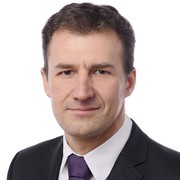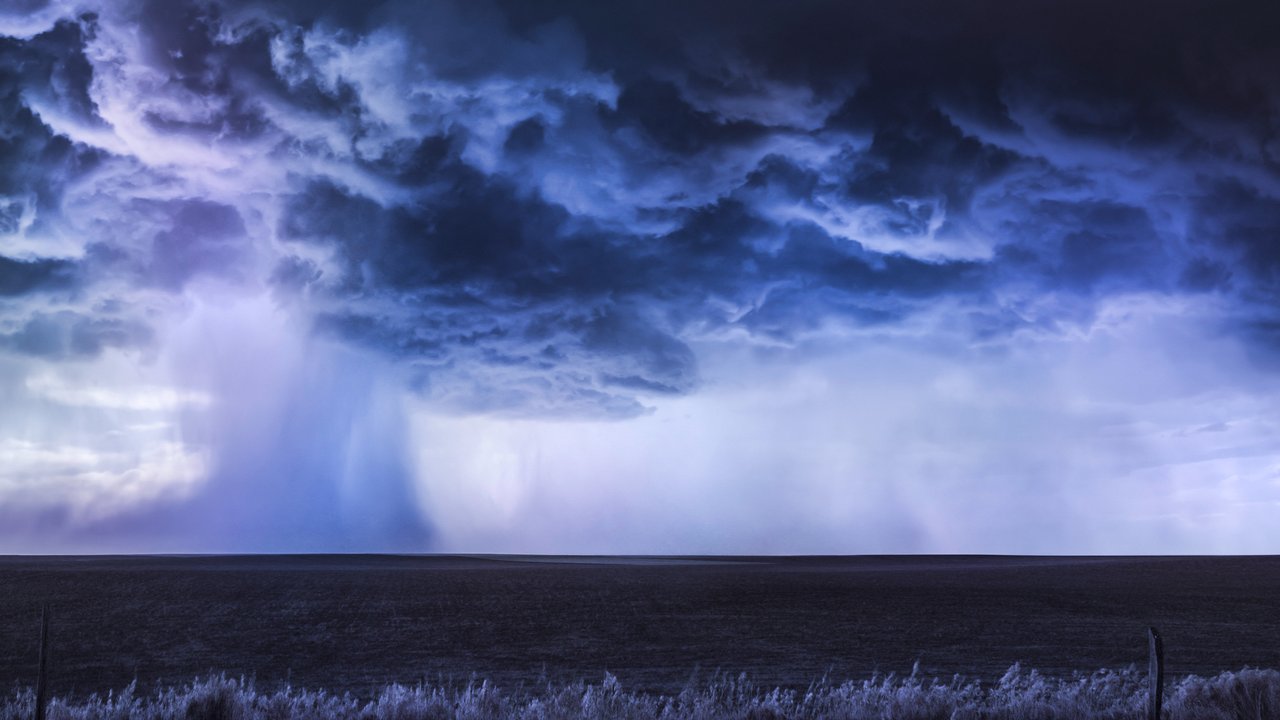Earthquakes - Deadly risk, devastating damage
Loss prevention can save lives
properties.trackTitle
properties.trackSubtitle
The facts:
- Roughly half of all natural disaster fatalities worldwide since 1980 have been due to earthquakes – either as a result of powerful tremors or resulting tsunamis.
- The 2011 Tohoku Earthquake off the coast of Japan remains the costliest earthquake of all time, with overall losses of US$ 135bn (inflation-adjusted). As a result of the magnitude 9.0 earthquake, a tsunami destroyed numerous coastal towns and caused the Fukushima nuclear disaster.
- One of the most destructive earthquakes occurred along the Turkish-Syrian border in February 2023. On the East Anatolian Fault, devastating tremors occurred over an area half the size of Germany. According to the USGS (United States Geological Survey), the strongest tremors were magnitude 7.8 and 7.5. More than 60,000 people were killed.
What types of earthquakes are there?
More than 90% of all earthquakes occur in regions where large tectonic plates meet. Many active volcanoes are also located along these faults. In convergent zones, oceanic plates slide beneath continental plates. This is called a subduction zone, for example off the Pacific coast of South America or off Japan.
In the case of transform faults, on the other hand, tectonic plates slide past each other horizontally. An example of this is the San Andreas Fault in California. In Turkey, the Eurasian and Arabian continental plates are slowly pushing the Anatolian plate westward.
Where do the strongest earthquakes occur?
What is pushing earthquake losses up?
The losses generated by an earthquake are determined not only by the earthquake parameters themselves (magnitude, distance, duration) and the local subsoil conditions, but also by the structure of the affected buildings.
Stronger earthquakes also frequently cause knock-on effects with high loss potentials. These include tsunamis, like the one caused by the 2004 Sumatra earthquake, with around 200,000 deaths, or by the 2011 earthquake off the coast of Japan. They can also cause landslides, subsidence and ground liquefaction, often with extremely high property losses.
Loss prevention is key
Insurers must accurately assess earthquake hazards
There are many areas with high concentrations of values and population that are also located in zones of very high seismic activity. For the insurance industry, the possible loss accumulation in such areas is proving to be a key challenge. This makes it all the more important to be able to assess the earthquake risk very accurately. Only on this basis can premiums for any insurance cover be calculated correctly and risks managed. Insurers also contribute to reducing losses when, for example, they insist on structural improvements or land-use restrictions before underwriting risks.
Earthquake insurance is usually sold as an add-on to traditional fire cover or as a component of an EC (extended coverage) policy. Substantial deductibles are intended to limit loss accumulations and are a prerequisite for covering earthquake risks. Compared with windstorm cover, the insurance density of earthquake cover is – much like flood cover – relatively low in global terms.
Poorer countries in particular require a massive increase in earthquake insurance in order to lessen the personal financial impact of quakes and speed up reconstruction. One model could be the Turkish Catastrophe Insurance Pool (TCIP), which, as compulsory homeowners’ insurance, ought to cover a considerable proportion of the damage to buildings caused by the 2023 earthquake in Turkey. Since the TCIP was set up, the market penetration of homeowners’ insurance against earthquake damage in Turkey has increased nationwide to more than 50%.
Nevertheless, the aim of such insurance pools is to achieve an even higher insurance penetration through suitable provisions. With its expertise, the insurance industry can also help to ensure that loss mitigation measures are implemented and enforced.
Newsletter
Solutions for assessing and managing earthquake risks
Munich Re systematically records the risks from earthquakes and is working on initiatives to make buildings and infrastructure more robust. At the same time, people’s financial protection can be improved through the expansion of insurance, especially in exposed emerging and developing countries.
Benefit from our decades of experience in assessing geophysical risks. Munich Re can offer solutions to meet your specific challenges.
Reinsurance solutions
Industry solutions
Contact our experts









